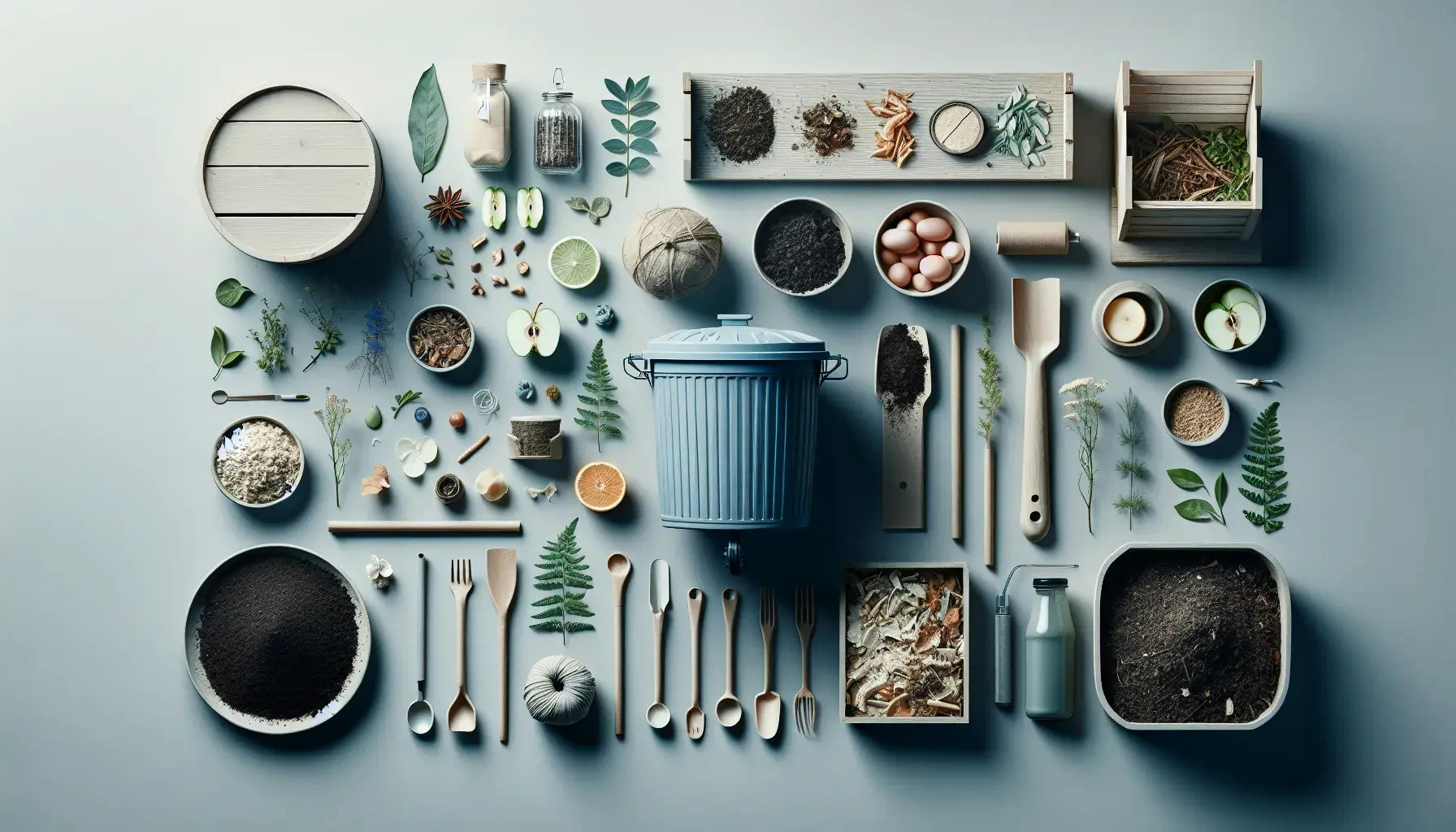How to Set Up a Home Composting System
Gardening.guru

Welcome to our comprehensive guide on setting up a home composting system. This blog post will provide you with all the necessary information to start composting at home. We'll cover everything from the benefits of composting, the materials you'll need, to the step-by-step process of setting up your composting system. So, let's dive in and get started on your journey towards sustainable living.
The Benefits of Home Composting
Composting at home has numerous benefits. It's not just about reducing waste and helping the environment, although those are significant advantages. Composting also enriches your soil, helping you grow healthier plants.
When you compost, you're taking organic waste and turning it into nutrient-rich soil. This process reduces the amount of waste that ends up in landfills. It also helps to reduce greenhouse gas emissions.
Moreover, composting can save you money. Instead of buying expensive fertilizers, you can use your compost. It's a natural, nutrient-rich soil conditioner that's perfect for gardening.
Composting also helps to conserve water. The compost improves the soil's structure and its ability to retain water. This means you'll need to water your plants less frequently.
In addition, composting is a great way to engage with nature. It's a rewarding process that allows you to contribute to the health of the environment.
Materials Needed for Home Composting
To start composting at home, you'll need a few essential materials. These include a compost bin or pile, brown and green organic waste, and water.
A compost bin can be purchased or made at home. It should have a lid to keep out pests and should allow for air circulation.
Brown organic waste includes materials like leaves, branches, and paper. These provide carbon for your compost. Green organic waste, on the other hand, includes items like fruit and vegetable scraps. These provide nitrogen.
Water is also essential for composting. It helps to break down the organic material. However, you don't want your compost to be too wet, as this can lead to a smelly compost pile.
Setting Up Your Home Composting System
Setting up your home composting system is a straightforward process. Start by choosing a location for your compost bin or pile. It should be in a convenient spot, but also somewhere that won't be disturbed.
Next, start adding your organic waste. You'll want to add a mix of brown and green materials. This will ensure that your compost has the right balance of carbon and nitrogen.
You should also turn your compost regularly. This helps to aerate the pile and speeds up the composting process.
Lastly, keep an eye on the moisture level of your compost. It should be damp, but not soaking wet.
Maintaining Your Home Composting System
Maintaining your home composting system is crucial for its success. Regularly turning the compost helps to speed up the decomposition process. It also ensures that all the materials are evenly decomposed.
You should also monitor the temperature of your compost pile. It should heat up as the materials decompose. If it's not heating up, you may need to add more green materials.
If your compost pile is too wet, add more brown materials. If it's too dry, add some water.
Avoid adding materials that won't decompose or that could attract pests. These include meat, dairy products, and diseased plants.
Using Your Compost
Once your compost is ready, it's time to use it. Compost is a fantastic soil conditioner. It can be used to enrich your garden soil, improve the health of your plants, and even as a natural fertilizer.
You can use compost in your garden by spreading it on top of the soil. You can also mix it into the soil when planting new plants.
Compost can also be used as a natural fertilizer. It's rich in nutrients that plants need to grow.
Remember, compost is a living thing. It's full of beneficial microorganisms that help to improve the health of your soil.
Troubleshooting Common Composting Problems
Composting at home can sometimes present challenges. However, most problems are easily solvable.
If your compost pile is smelly, it might be too wet. Try adding more brown materials and turning the pile more frequently.
If your compost pile is not heating up, it might not have enough green materials. Try adding more fruit and vegetable scraps.
If your compost pile is attracting pests, make sure you're not adding materials that attract them. This includes meat, dairy products, and diseased plants.
Wrapping Up Your Composting Journey
And there you have it, a comprehensive guide to setting up and maintaining a home composting system. By composting at home, you're not only reducing waste and helping the environment, but you're also creating nutrient-rich soil for your garden. It's a win-win situation. So, why not give it a try? Start your composting journey today and contribute to a healthier planet.